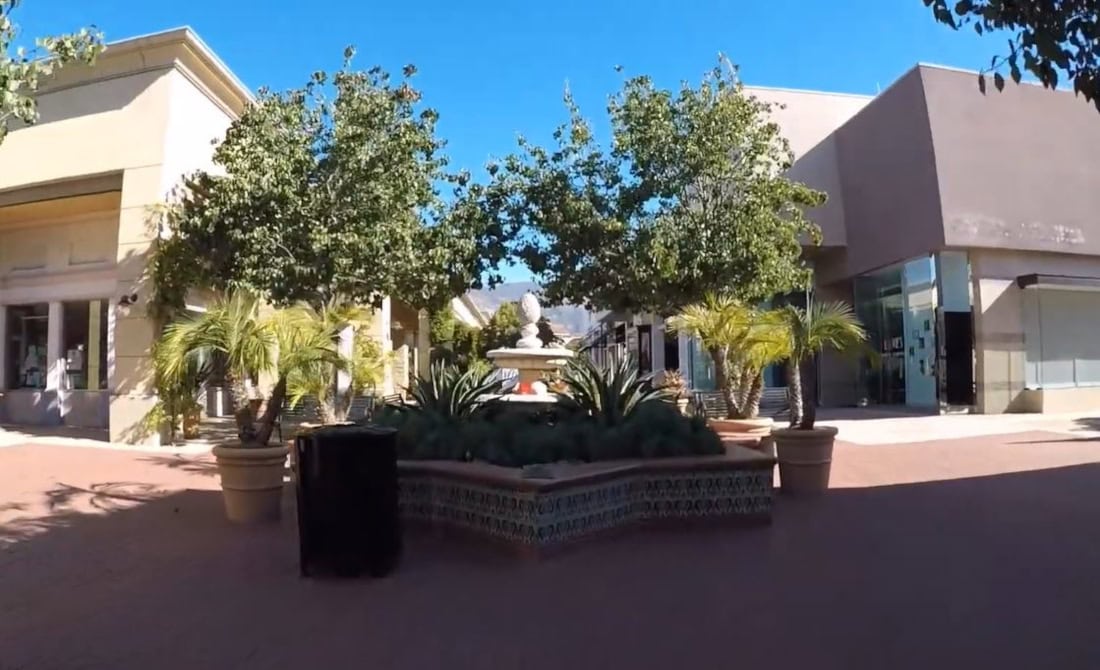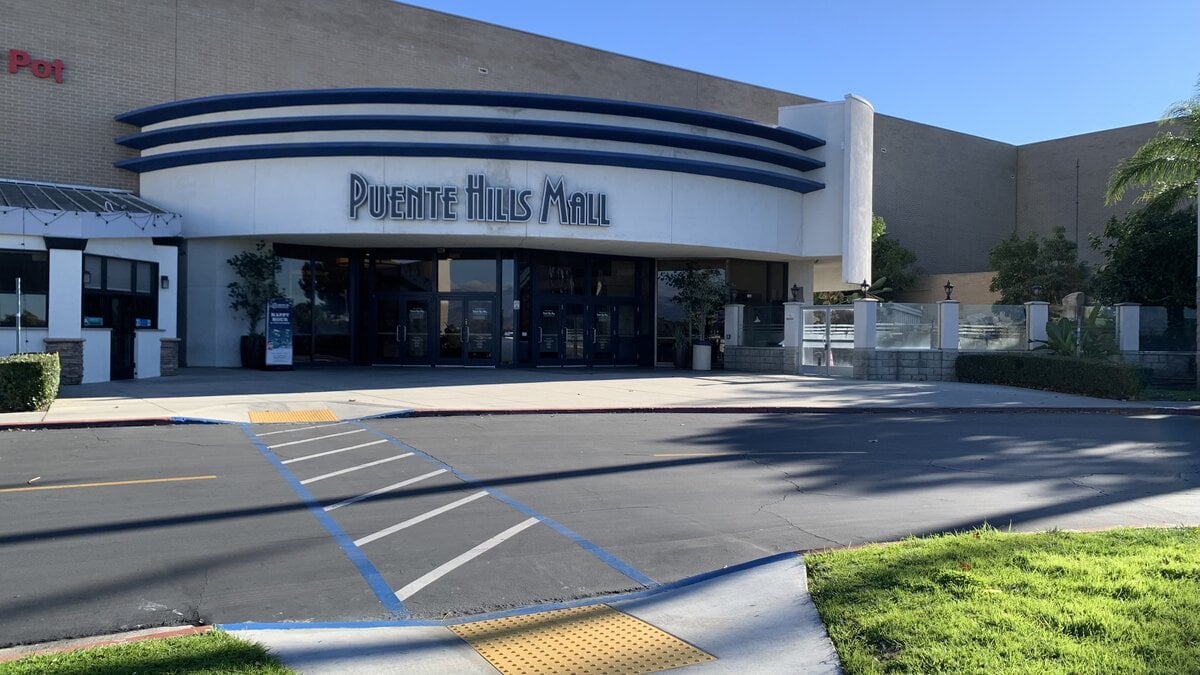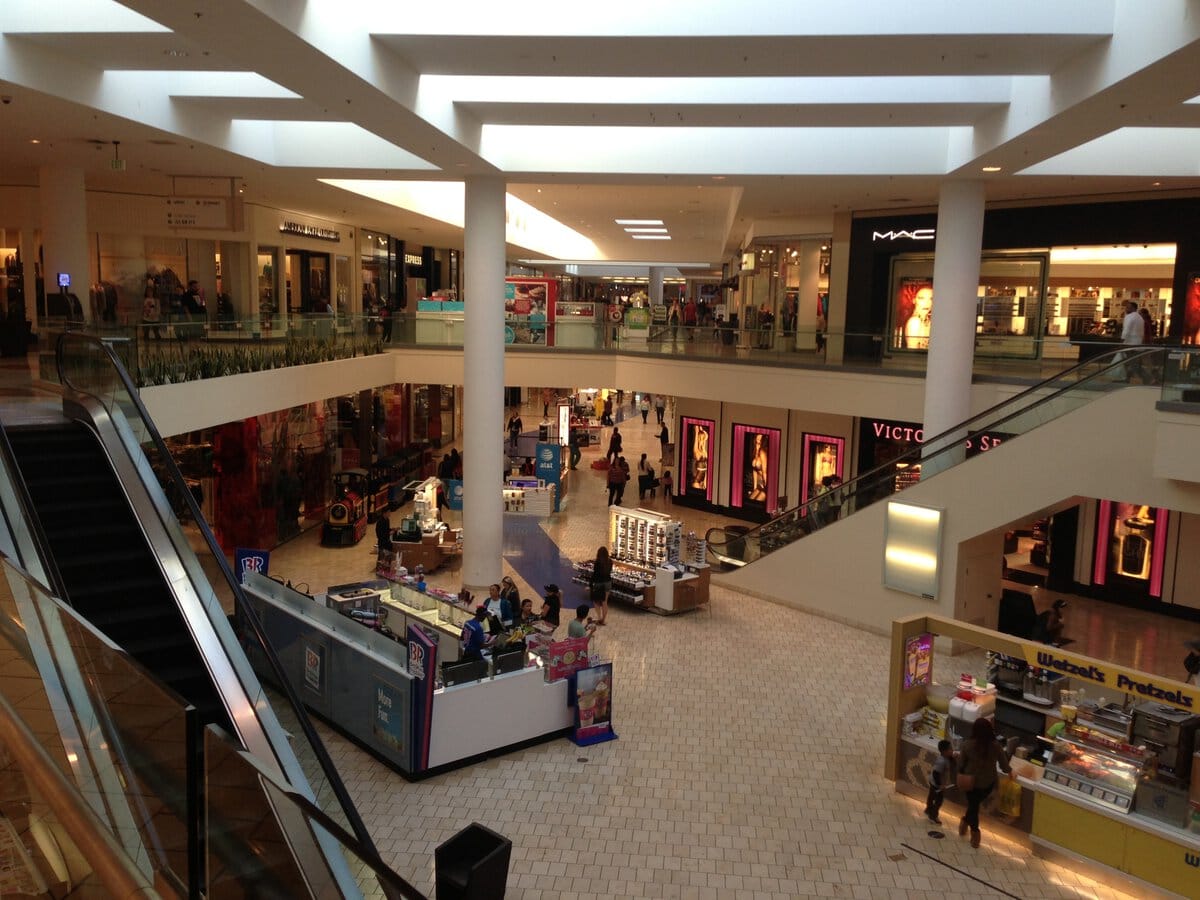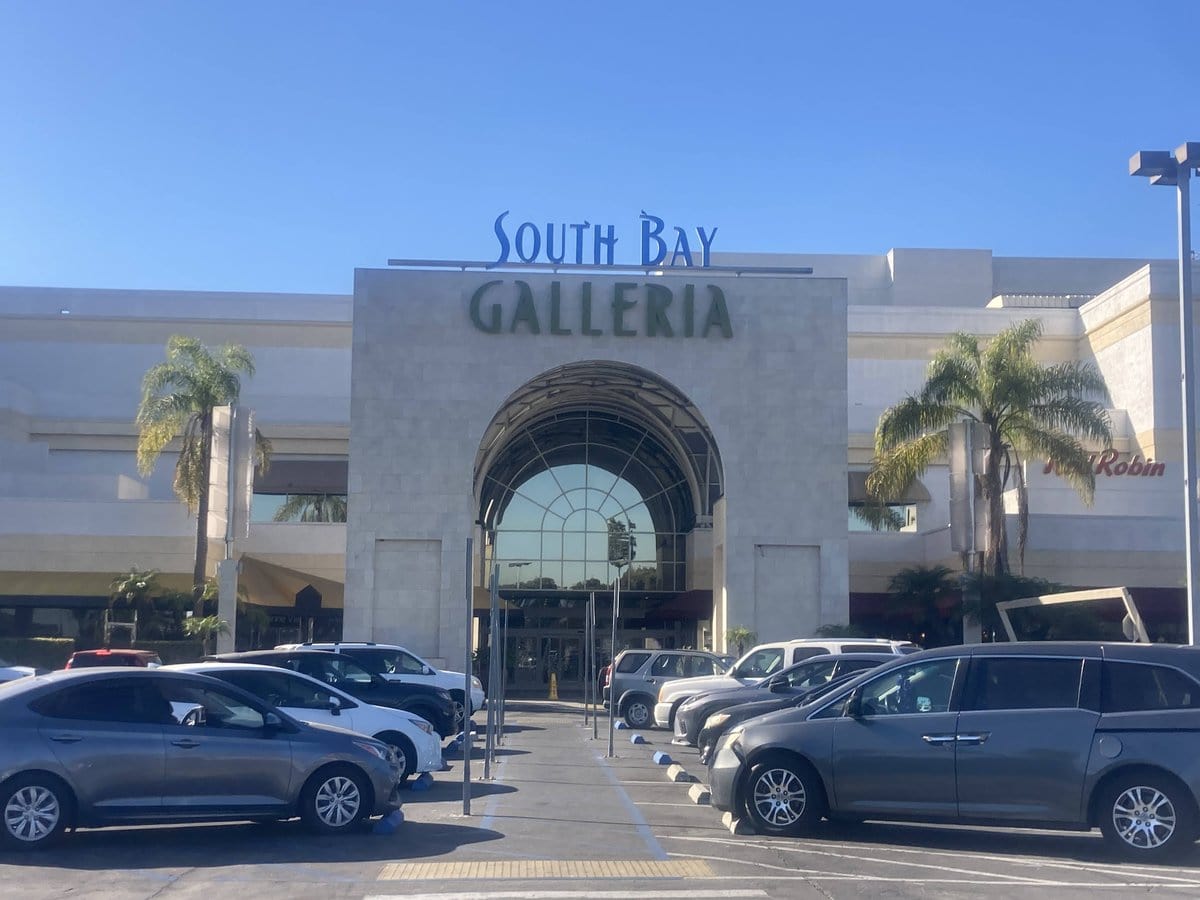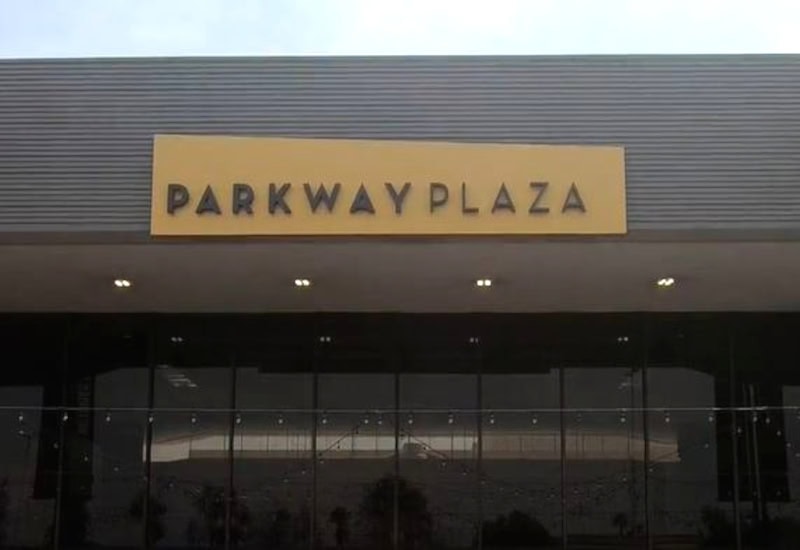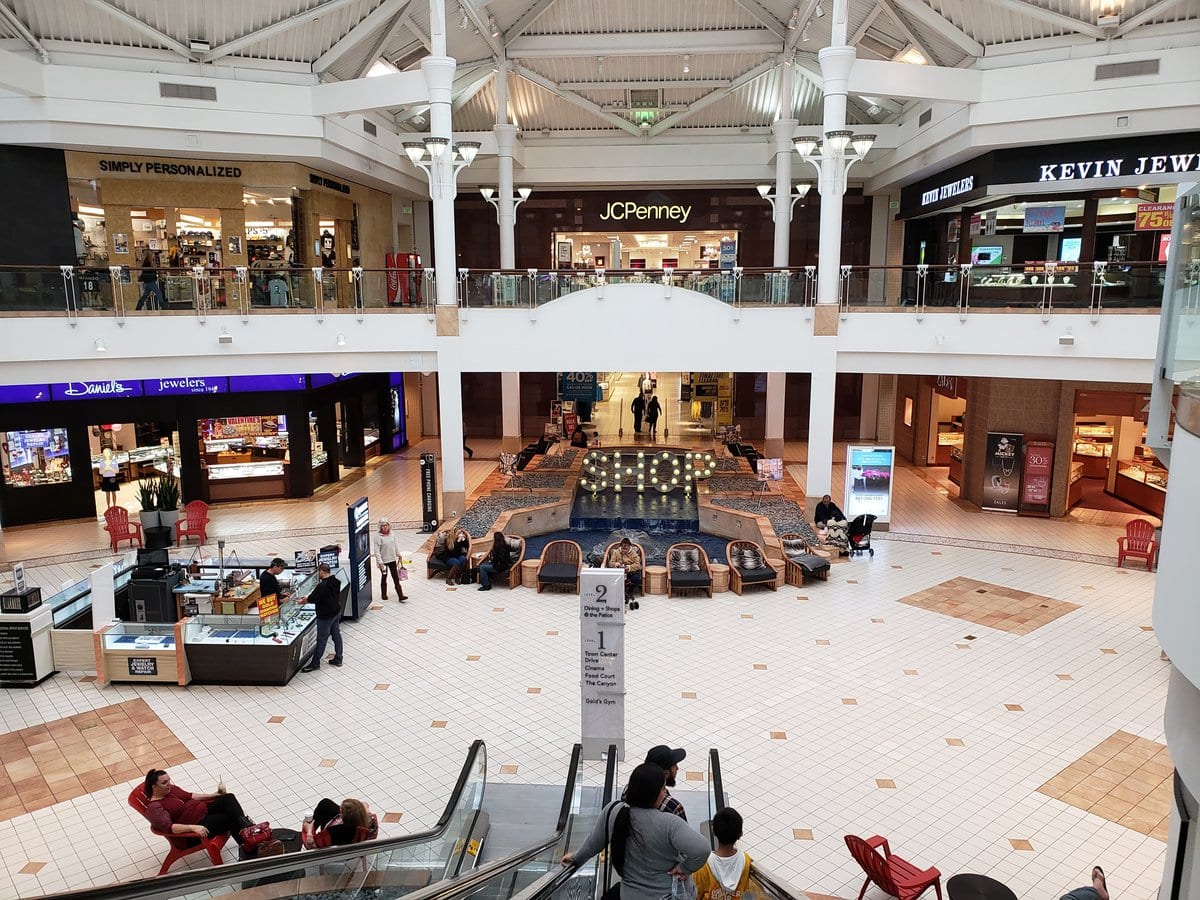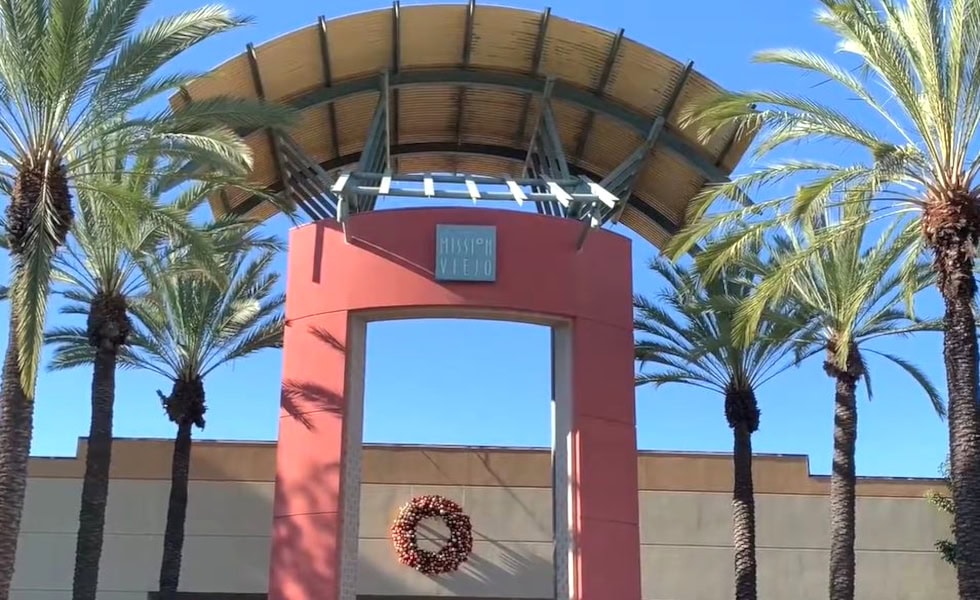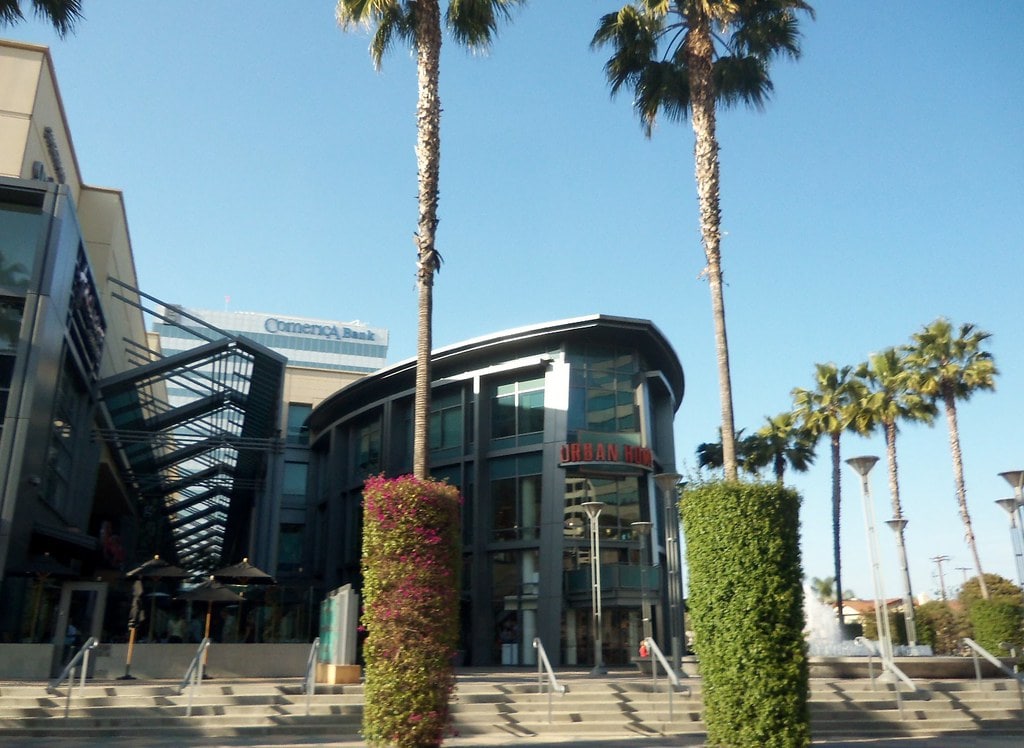You've driven past the Rose Parade barricades and maybe ordered a burger on Colorado, but how well do you really know Pasadena, CA? Forget what you learned in elementary school.
The city's laws, backstreets, and landmark buildings hide stories that would surprise even lifelong residents.
From an ostrich farm off the old streetcar line to fortune-telling permits and a forgotten Japanese garden, Pasadena's history is stranger and richer than most people realize.
Here are some facts about the city that probably won't turn up in small talk at Trader Joe's.
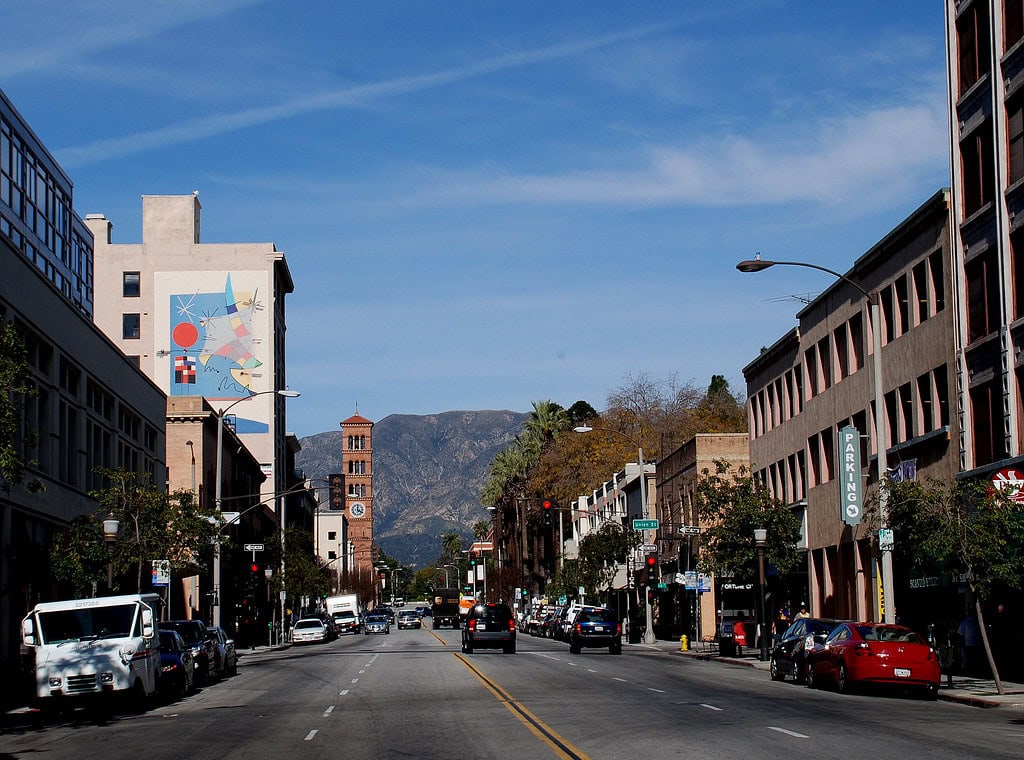
A Burger Stand on Colorado Boulevard Claims the First Cheeseburger
Lionel Sternberger was 16 when he started helping out at his father's roadside burger stand, The Rite Spot, on Colorado Boulevard in Pasadena.
Sometime between 1924 and 1926, he put a slice of cheese on a hamburger and served it to a customer.
The stand put up a sign that read "Try Our Cheeseburger." The Rite Spot is long gone, but a plaque near the intersection of Colorado Boulevard and Avenue 64 marks the site.
Other cities have challenged the claim, but Pasadena is the only one with a city-sanctioned marker that names the cheeseburger as a local invention.
The Rose Parade Only Moves for One Reason
Pasadena's Rose Parade takes place every January 1, unless the holiday falls on a Sunday.
The "Never on Sunday" rule has been in place since 1893. Organizers said they did not want to disturb church services along the parade route.
In years when New Year's Day is a Sunday, the parade is held on January 2.
This tradition remains unchanged, despite calls to modernize the schedule. The rule only applies to the parade.
The Rose Bowl football game may still be played on a Sunday if needed for broadcast reasons.
The City Once Had a Dedicated Ostrich Farm
From 1896 to 1935, the Cawston Ostrich Farm operated on Pasadena Avenue near Sycamore Avenue in South Pasadena.
Visitors could buy ostrich-feather fans, hats, and boas made from birds on the property.
Tours let guests feed and ride the ostriches, and a large showroom displayed plumes for sale.
The farm was a tourist draw for early Pasadena, and period photographs show families posing with birds.
After feather fashions faded, the farm closed.
However, its original stone archway still stands as a reminder of Pasadena's early days as a tourist hub.
A Pasadena Law Once Regulated Fortune Tellers
In 1926, Pasadena passed a city ordinance requiring all fortune tellers, astrologers, and palm readers to obtain a city permit and display their license at all times.
The law also stated that fortune tellers could not make untrue promises about health, wealth, or happiness.
City officials inspected booths and shops, issuing fines to those who operated without a permit.
The ordinance reflected local concerns about fraud in the 1920s.
Over the decades, enforcement faded, but a version of the law remains in the municipal code as part of broader business regulations.
The Oldest Surviving Ice Cream Parlor Opened in 1915
Fair Oaks Pharmacy and Soda Fountain opened its doors in 1915, but it became an ice cream and soda shop in the 1920s.
The marble counter, glass candy jars, and soda taps remain part of the décor.
The shop originally served both pharmacy customers and children coming in for ice cream.
Over the decades, it survived ownership changes and redevelopment.
Today, it operates as both a vintage soda fountain and pharmacy, serving up hand-mixed milkshakes and sundaes while filling prescriptions for local residents.
The Pasadena Playhouse Was Once Called the "State Theatre of California"
The Pasadena Playhouse, founded in 1917 and moved to its landmark Spanish Colonial Revival building in 1925, earned the title of State Theatre by act of the California Legislature in 1937.
It's theater school trained many future stars, including Raymond Burr, Gene Hackman, and Dustin Hoffman.
At its height, the Playhouse produced hundreds of performances each year and attracted theatergoers from across the state.
The theater closed in 1969 but reopened in the 1980s and remains a centerpiece of Pasadena's arts district, regularly premiering new works and revivals.
The Raymond Hotel Hosted Presidents, Actors, and Industrialists
The Raymond Hotel opened in 1886 on what was then called Bacon Hill, later known as Raymond Hill, just south of downtown Pasadena.
Walter Raymond funded the hotel with help from his father, a Santa Fe Railroad executive, and designed it as a winter destination for wealthy travelers from the East Coast.
It offered 200 rooms, its own railway spur, and extensive gardens. President Theodore Roosevelt stayed there during a 1903 tour.
The original Victorian structure burned in 1895; a larger, fire-resistant hotel reopened in 1901 and continued operating until foreclosure during the Great Depression.
The original caretaker's cottage survives today, and parts of the grounds and old pathways are still visible in the surrounding neighborhood.
Pasadena Once Had a Hidden Japanese Garden
Before World War II, a Japanese garden called the Storrier Stearns Japanese Garden was created on a private estate in Pasadena.
Built between 1935 and 1940 by landscape designer Kinzuchi Fujii, the two-acre garden included a teahouse, waterfalls, and a pond.
During the war, the original owners preserved the garden despite anti-Japanese sentiment.
Today, the restored garden is open for limited public tours and special events.
Many of the stones, bridges, and plants were imported from Japan, and the garden is listed on the National Register of Historic Places.
Caltech's Early Shake Table Helped Launch Modern Earthquake Engineering
After the 1925 Santa Barbara earthquake, Caltech researchers began building what would become one of the first shake tables in the United States.
Installed in the early 1930s, the table used a mechanical pendulum and flywheel to mimic the shaking motions of an earthquake.
Engineers tested building materials and sheathing, collecting data that helped shape the first seismic safety standards for California.
The original table was soon joined by other experimental setups as the Seismological Laboratory grew.
Although larger, modern shake tables are now found at other universities, Caltech's early research and seismic innovations put Pasadena at the center of earthquake engineering and building code development.
The Pasadena Freeway Was California's First
The Arroyo Seco Parkway, now called the Pasadena Freeway (SR-110), opened in 1940 as California's first freeway.
Designed to connect Pasadena with downtown Los Angeles, it used innovative ramps, tunnels, and divided lanes for automobile traffic.
The route followed the natural Arroyo Seco riverbed and featured scenic landscaping, sharp curves, and narrow bridges.
At the time, the parkway was celebrated as a model of modern road engineering.
Today, it retains much of its original layout and is listed on the National Register of Historic Places as a historic roadway.
Jackie Robinson Grew Up in Pasadena
Baseball legend Jackie Robinson moved to Pasadena as a child and attended John Muir High School.
He played several sports, setting records in track and football before joining the baseball team at Pasadena Junior College.
Robinson's early years in the city included facing racial segregation, which shaped his later activism.
He is honored at several city sites, including Robinson Park, and his Pasadena home at 121 Pepper Street is listed in the National Register of Historic Places.


